Have you ever felt like you're juggling too many marketing tasks, and there's not enough coffee to get through them?
Well, let me show you how marketing automation works. The coffee is optional, but the strategies are essential.
Marketing automation is your secret weapon in a world where time is money and attention is currency.
In this blog post, we'll dive into practical, actionable marketing automation strategies you can use today.
No fluff, no filler. Just straight-to-the-point tactics.
So, buckle up and prepare to transform your marketing approach with automation magic! 🚀🔮
What Is Marketing Automation?

Marketing automation uses software to manage marketing processes.
It is used to automate repetitive marketing tasks.
Tasks that, let's be honest, can make even the most enthusiastic marketing team feel like a broken record.
By implementing marketing automation, your team can focus more on creative strategy. Less time and money can be spent on the monotony of sending emails, social media posts, and other repetitive activities.
It's like having a digital assistant who never sleeps, never takes a coffee break, and, most importantly, never complains.
Making this shift:
- Boosts efficiency
- Opens new avenues for personalized customer engagement
- Enables analytics-driven strategies
How Can Having A Marketing Automation Strategy Benefit You?
Using marketing automation is like discovering a hidden gear in your business machine. Everything runs smoother.
The most immediate benefit?
A significant boost in lead generation. By automating repetitive tasks, your team can focus on the big picture. More time is available to craft campaigns that resonate with your target audience.
This strategic shift enhances the quality of every interaction with potential customers.
By delivering personalized experiences at scale, you create engaging customer interactions.
The result?
A stronger, more profitable connection with prospects and customers.
Marketing Automation Strategies

The right marketing automation strategies transform the customer journey. The journey becomes more personalized, efficient, and engaging.
From raising brand awareness to nurturing leads, every step is an opportunity to make a lasting impression.
So, gear up as we dissect the various marketing automation strategies for sustaining success.
1. Onboarding/Welcome Email Sequences
Marketing automation tools give you the power to send timely onboarding and welcome emails.
These automated sequences are essential in setting the tone for the customer relationship.
They provide valuable information, establish trust, and set expectations. All while requiring minimal ongoing effort from your team.
When a customer signs up, they are introduced to your brand's story, values, and offerings through a well-crafted series of emails.
Each message is a stepping stone in the customer journey. The automated sequence guides new customers to engaged community members.
If you sell software, you can use the onboarding email sequence to show the best ways to use your product. For example, have a 7-day email sequence reviewing the core features that your customer will get value from.
Automating this process ensures a consistent, high-quality experience for every new customer. It lays the foundation for a strong relationship.
You must configure a trigger to begin sending the email campaign to automate this process. In this case, the trigger should be when a new customer purchases from you.
This successful marketing automation strategy streamlines your workflow and maximizes the impact of your email marketing efforts.
2. List Segmentation
List segmentation allows you to deliver highly relevant content to specific audience segments.
By dividing your list into well-defined segments, your campaigns speak to unique needs and interests.
This level of personalization ensures that your messages hit the mark every time.
The result?
Your emails will likely be opened, read, and acted upon.
Here are some of the variables to consider when segmenting your list:
- Industry
- Size
- Revenue
- Location
- Behavior
Once you have defined the criteria for your segments, you can use automated filters to segment your customers. The prerequisite for this strategy would be having a CRM platform with customer data.
Often, the best way to segment your list is based on behavior. Doing this allows you to send relevant marketing content to prospects.
List segmentation turns a broad, one-size-fits-all approach into targeted interactions. As a result, you amplify the effectiveness of your digital marketing efforts and deepen your connection with your audience.
3. Lead Nurturing

This process is about delivering personalized content that aligns with the buyer's journey. You ensure potential customers feel understood and valued at every turn.
Through automation, you can systematically provide your leads with:
- Relevant information
- Offers
- Reminders
These factors gently nudge prospects closer to purchasing.
Automation workflows make this possible by triggering specific actions based on lead behavior.
Some trigger examples are:
- Adding a product to a cart
- Email opens
- Signing up for a free trial
- Reading a case study
- Purchasing a product
As a marketing automation strategy example, suppose a customer abandons a shopping cart.
In that case, they might receive a follow-up email reminding them of their unfinished purchase.
Or if they consistently engage with content about a particular topic, they might receive more of such content.
Giving agency is one of the best ways for someone to interact and respond to your marketing.
You can ask prospects what they want to learn about in an email. Based on this input, you can use automation to feed them content about that topic.
Lead nurturing using a marketing automation platform is about being there for your customers with precisely what they need. Even if they don't realize they need it.
4. Lead Scoring
Lead scoring is a dynamic element of marketing automation that bridges your marketing and sales teams. The lead score is used to identify MQLs.
This strategy involves assigning a value or score to each lead.
There are two main ways of using automation to score leads. The old way and the new way.
The old way uses advanced statistics and the recency, frequency, and monetary (RFM) model. This model considers captured customer data on:
- How recently a person has engaged
- How frequently a person has engaged
- The monetary value of the person
This is more suitable for smaller businesses or startups that don't have a lot of customer data.
The new way uses AI and predictive analytics. To use this automated method, you must have large amounts of customer data to train the AI.
You combine your CRM with the AI tool to use predictive AI for lead scoring. The AI takes customer variables and determines if they will be responsive. This automated scoring system enables sales teams to prioritize their efforts. Sales can pursue quality leads with lead scores that meet the criteria.
Automated lead scoring streamlines the sales process and ensures that sales teams speak to the right people at the right time.
5. Personalized Dynamic Website Content
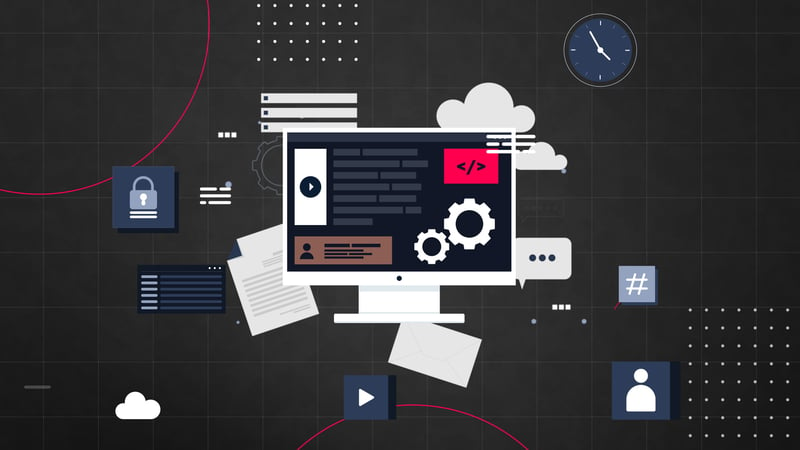
Creating a personalized visitor experience using dynamic content is an advanced tactic. You leverage customer data to engage customers on your website more effectively.
Dynamic content refers to website elements that change based on information known about the viewer.
It's like having a chameleon on your website. It adapts its colors to match each visitor's preferences.
By using the data you've gathered about your customers, such as:
- Browsing history
- Cookies
- Purchase records
- Demographic information
You can tailor the content they see on your website to suit their interests better.
This could mean displaying different images, offers, or personalized product recommendations.
The result is a more engaging and relevant experience for each visitor. This increases the likelihood of conversion and enhances customer satisfaction and loyalty.
Personalized dynamic content shows your customers that you understand and value their preferences. It creates a stronger and more memorable connection with your brand.
6. Chatbots
Chatbots have emerged as a pivotal marketing automation tool.
Particularly in their ability to deliver personalized content and enhance the customer experience.
These AI-powered assistants offer instant, round-the-clock customer interaction. They provide real-time answers, guidance, and support.
The power of chatbots for marketing automation is their ability to capture customer needs.
Customers who interact with a chatbot give you free information about themselves. This information can then be used to serve personalized content that shows how your product solves their problem.
This level of direct interaction improves the quality of your marketing personalization.
By using chatbots in your marketing strategy, you offer customer service while also capturing data to use for marketing purposes.
7. Cold Emails
Cold emails might seem like a shot in the dark.
But when powered by marketing automation software, they transform into a strategic tool.
One of the key ways to use marketing automation to enhance cold emails is by sending targeted, personalized messages at scale.
Instead of manually sending around 50 personalized emails a day, the software can send them for you. Tools like lemlist and instanlty.ai allow you to create customizable campaigns. These campaigns can be used for different segments you reach out to.
Another feature of cold email automation is follow-ups. Follow-up emails improve response rates by up to 40%.
Now, imagine if you had to send every follow-up email manually.
The math is insane.
Consider this B2B marketing automation example:
Let's say you send ten new emails per day in a sequence that sends three follow-ups every two days with no response.
After the first five days, you must send 30 outreach emails A DAY.
THAT IS CRAZY!
|
Day 1 |
Day 2 |
Day 3 |
Day 4 |
Day 5 |
|
|
Day 1 initial email batch (10) |
Day 2 initial email batch (10) |
Day 3 initial email batch (10) |
Day 4 initial email batch (10) |
Day 5 initial email batch (10) |
|
|
Day 1 follow-up email batch one (10) |
Day 2 follow-up email batch one (10) |
Day 3 follow-up email batch one (10) |
|||
|
Day 1 follow-up email batch two (10) |
|||||
|
Sub-Total: |
10 |
10 |
20 |
20 |
30 |
|
Total: |
10 |
20 |
40 |
60 |
90 |
The time it would take manually is not worth the ROI.
Also, doing this without automation, you would need to track and update all this data in a spreadsheet.
Another benefit is using merge text. You can use merge text to insert a personalized statement, at scale, to each recipient you reach out to.
Additionally, marketing automation tools provide valuable analytics. This gives insights into which messages resonate with recipients and why.
This data-driven method improves the effectiveness of your cold email campaigns over time. It ensures your messaging is refined and optimized for the best possible results.
Marketing automation solutions turn the dreaded cold email into a lead-generation machine.
8. Up-Selling and Cross-Selling
When up-selling and cross-selling, you need to understand your target audience.
Automation allows you to analyze customer purchase history and behavior. This data helps identify the perfect timing and methods for suggesting more products or upgrades.
For example, if a customer buys a new DSLR camera. Your automation system can trigger an email suggesting a compatible lens or a photography guidebook. This helps cross-sell products that complement their initial buy.
Similarly, for up-selling, when targeting a customer who regularly purchases a basic product version. You can target this customer with content showing the benefits and features of the premium version.
This approach ensures that your up-selling and cross-selling efforts are:
- More targeted
- More relevant
- More likely to succeed
Using the right marketing automation software, you provide options that add value to their purchases.
9. Inventory and Price Drop Alerts
Inventory and price drop alerts represent a powerful marketing automation application. Typically, email and SMS marketing tools are used to re-engage paying customers.
Imagine a customer eyeing a product that was out of stock or waiting for a more favorable price.
By setting up automated alerts, you can instantly notify these customers when the product is restocked or its price has dropped.
This immediacy and relevance facilitated by marketing automation grabs attention and drives action.
These alerts convert interest into sales, especially for customers previously on the fence.
Integrating inventory and price drop alerts into your marketing automation keeps customers informed and creates immediate engagement and sales opportunities.
These email and SMS marketing automation strategies for eCommerce are a win-win. It satisfies customer needs while boosting your sales figures. All with timely and relevant automation.
10. Churn Prevention Campaigns
Churn-prevention campaigns are vital to sustaining long-term customer relationships. This is where marketing automation can truly make a difference.
By closely monitoring the buyer's journey and customer experience, these campaigns identify and address potential issues before they lead to customer churn.
Using automation, you can set up triggers based on customer behavior. Such as decreased engagement or a lapse in purchasing-that signal a churn risk.
These triggers can then initiate personalized outreach efforts. For example, a special offer, a feedback request, or a reminder of the value your brand offers.
This proactive approach shows customers that their experience and satisfaction are top priorities.
You can rekindle their interest and loyalty by addressing their concerns and reaffirming the benefits of your products or services.
Automated churn prevention campaigns nurture and deepen customer relationships at every stage.
This enhances customer experience and reduces the likelihood of them turning to competitors.
11. Behavior-Driven DRIP Campaigns
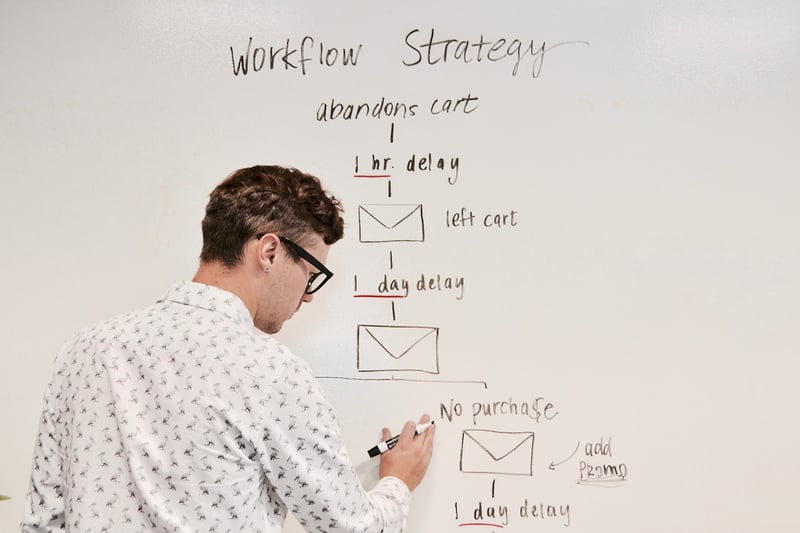
Behavior-driven DRIP campaigns represent a sophisticated facet of marketing automation platforms. They elevate traditional marketing strategies to a new level of personalization and relevance.
These email marketing automation strategies are tailored based on specific customer actions and behaviors.
Some behavior triggers are:
- White paper download
- Ebook download
- A product demo
- Consultation sign up
- Webinar attendance
For example, if a lead downloads a white paper on cold email automation. You can send them more information about cold emails based on this behavior.
Topics could include:
- Warming up domains
- Finding leads and their emails
- Creating email campaigns
- Using AI to create email messages
This approach increases the probability of conversion. It also helps build a stronger, more trusting relationship with your audience.
The beauty of behavior-driven DRIP campaigns is their ability to deliver the right message at the right time to the right person.
This enhances the customer's journey by providing information and offers relevant to their interests and needs.
You can foster deeper engagement by aligning your communications closely with customer behavior.
Wrapping Up
As we've explored, several marketing automation ideas and strategies can transform your inbound marketing efforts.
But stepping into this world can be suffocating without the right guide.
That's where Roketto steps in.
Think of Roketto as your sherpa in the challenging but rewarding climb toward marketing automation mastery.
Our expertise can help you put in place these strategies for your business.
Whether fine-tuning your DRIP campaigns, personalizing your customer's journey, or even preventing churn, Roketto has the skills and knowledge to make your marketing automation journey successful.
So, if you're ready to elevate your inbound marketing and see tangible, impactful results, don't hesitate.
Visit Roketto and start your journey towards automated marketing excellence today.
Your business-your customers and your marketing automation KPIs will thank you for it.
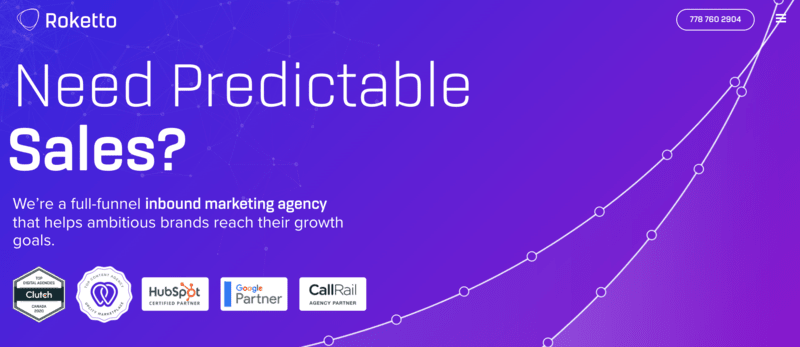
FAQ
How do you do marketing automation?
Marketing automation refers to using software to automatically execute repetitive marketing activities such as:
- Social media management
- Email marketing
- Ad campaigns
Using this software allows for more efficient and targeted communication with your audience.
This process involves setting up automated workflows and using customer data to personalize and optimize marketing efforts.
What is an automated marketing system?
An automated marketing system is a technology platform that uses software to automate marketing tasks and workflows. This enables businesses to target customers with personalized, relevant content across various channels at scale.
This system helps:
- Streamline marketing processes
- Improve customer engagement
- Measure the effectiveness of automated marketing campaigns.
What is the biggest obstacle to marketing automation?
The biggest obstacle to marketing automation is the integration of technology and data.
This requires strategically aligning marketing tools with business goals and effective customer data management.
Additionally, there is a need for skilled resources that can put these systems in place and manage them.











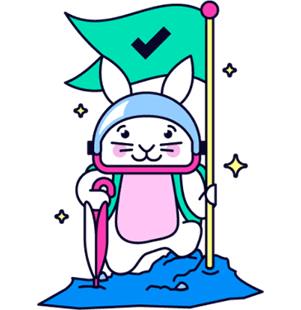
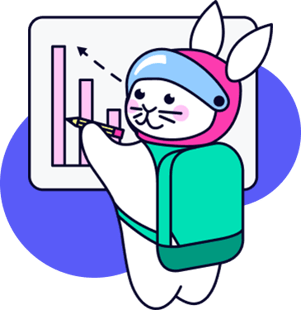
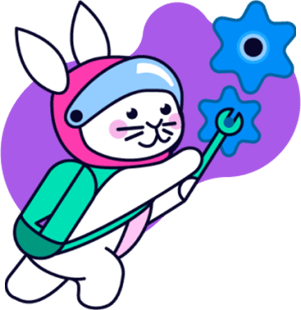
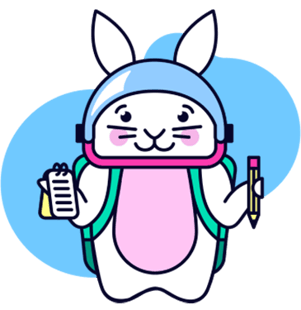


2.png)
2.png)




